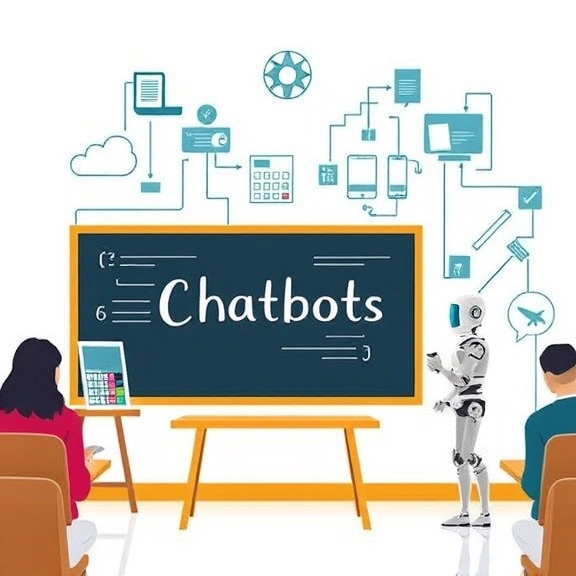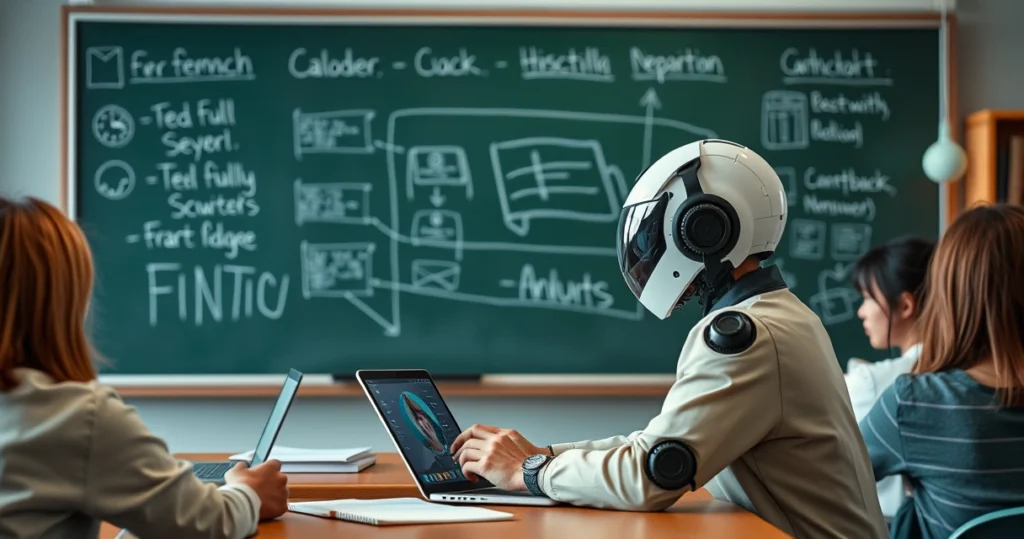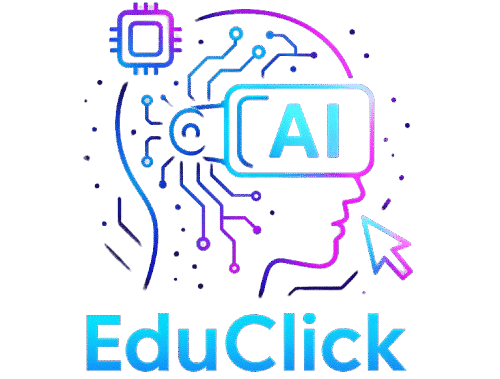Integrating EdTech Tools in the Classroom
As an educator or parent, you’ve likely witnessed firsthand the challenges and triumphs that come with introducing new technology in educational settings. Successful integration of EdTech tools requires more than just access to devices; it demands a shift in mindset and methodology. Think about a time when a simple tool, like a tablet, became a gateway to a world of learning for your students or children. These devices can be harnessed to cultivate creativity, spark curiosity, and foster independence.
Consider the approach of blended learning, where traditional teaching methods meet digital enhancements. By combining face-to-face teaching with interactive online components, educators can personalize learning experiences, catering to the unique needs of each student. This hybrid model not only keeps students engaged but also provides them with the flexibility to explore subjects in-depth at their own pace. Imagine the joy of a student who, once struggling with math concepts, finds clarity through interactive simulations that break down complex problems into understandable parts.
Real-World Applications: Case Studies in EdTech Success
To truly grasp the transformative power of EdTech, let’s delve into some real-world applications that have revolutionized educational landscapes. Consider the story of a rural school in a developing country that lacked basic educational resources. Through partnerships with EdTech companies, this school received tablets pre-loaded with educational apps and content tailored to their curriculum. The result? A remarkable improvement in literacy and numeracy rates among students who previously had limited access to quality education.
Another compelling example can be found in a suburban high school that embraced virtual reality (VR) to enhance its science curriculum. Students donned VR headsets and embarked on digital field trips, exploring the human body in biology class or touring ancient civilizations in history lessons. This immersive learning experience not only piqued students’ interest but also deepened their understanding of complex subjects.
🎥 Vídeo complementar sobre o tópico
Overcoming Challenges in EdTech Implementation
Implementing EdTech doesn’t come without its hurdles. As you navigate this digital transformation, you might encounter resistance from those who are comfortable with traditional methods. Change is seldom easy, especially in educational environments steeped in routine. However, by involving all stakeholders—teachers, parents, and students—in the decision-making process, you can foster a sense of ownership and enthusiasm for the transition.
Financial constraints can also pose significant barriers. While some schools are fortunate to have ample funding for new technology, others struggle. Creative solutions, such as community fundraising or applying for grants, can open doors to acquiring much-needed tech resources. Picture the excitement of a school community that comes together to secure tablets for a computer lab, thereby equipping students with tools for success in the digital age.
The Role of Chatbots in Personalized Learning
Chatbots have emerged as remarkable allies in personalized education. Imagine a digital assistant that tirelessly answers students’ queries, provides instant feedback, and offers tailored learning suggestions based on individual progress. These AI-powered chatbots can significantly lighten the workload of educators, giving them more time to focus on fostering deeper, meaningful connections with their students.
Picture a scenario where a student struggles with a math concept late at night, long after the teacher has gone home. A chatbot steps in, guiding the student through examples and providing encouragement. This kind of personalized attention ensures that learning is uninterrupted and adaptive, catering to the needs of each learner.

FAQs: Navigating the EdTech Terrain
How can EdTech solutions be effectively integrated in classrooms with limited resources?
Even with limited resources, EdTech can make a significant impact. Begin by identifying the most critical needs of your classroom and seek out free or low-cost digital tools that address those areas. Many platforms offer educational discounts or free trials for schools. Collaborate with other teachers to share resources and ideas, creating a supportive community that maximizes the available technology.
What are some tips for ensuring privacy and security with EdTech tools?
Privacy and security are paramount when dealing with student data. Choose EdTech platforms that comply with privacy laws and regulations, such as FERPA or GDPR. Regularly update software to protect against vulnerabilities and educate students and staff about safe online practices. Always read the privacy policies of any tool you use to ensure it aligns with your institution’s standards.
How do I measure the effectiveness of EdTech in my classroom?
Effectiveness can be gauged through a combination of qualitative and quantitative measures. Track student engagement and performance data to identify improvements. Solicit feedback from students and parents to understand their experiences and perceptions. Additionally, consider setting specific goals for your EdTech implementation and periodically evaluate whether those goals are being met.
Embracing the journey from chalkboards to chatbots is not merely about keeping up with technology; it’s about transforming education to better fit the needs and aspirations of today’s learners. By staying informed, open-minded, and proactive, you can harness the vast potential of EdTech to create dynamic, engaging, and equitable learning environments for all.
As you continue to explore and implement educational technology, remember that every step forward is a step towards a brighter, more connected future for your students. Your efforts today lay the foundation for the innovative learning landscapes of tomorrow.




